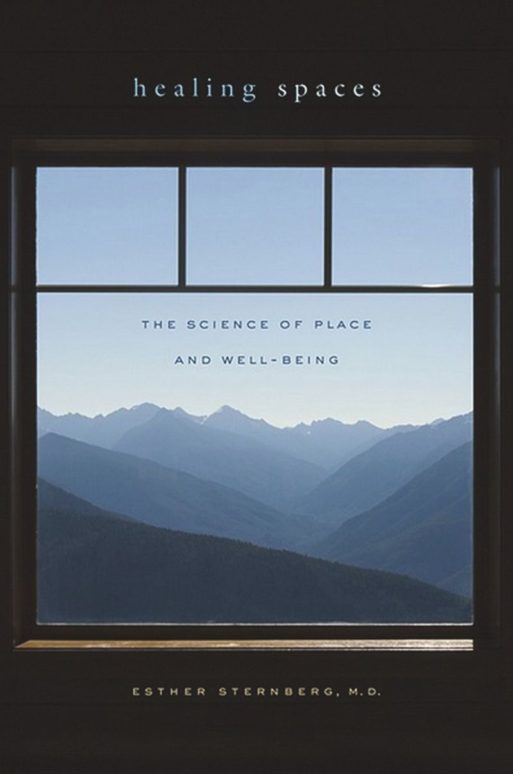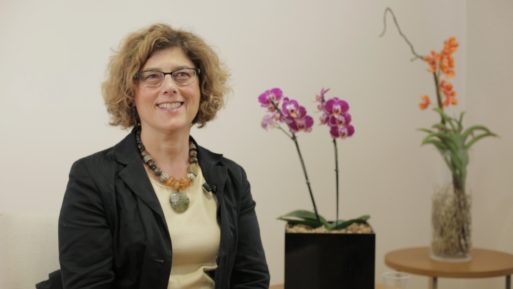 “Healing Spaces,” by Esther M. Sternberg, M.D., is an interesting and sometimes enlightening book. Written in 2009, it describes in great detail some of the earliest scientific research into the fascinating field of psychoneuroimmunology, which seeks to explain the complex interactions between the nervous system, the immune system, and the human mind.
“Healing Spaces,” by Esther M. Sternberg, M.D., is an interesting and sometimes enlightening book. Written in 2009, it describes in great detail some of the earliest scientific research into the fascinating field of psychoneuroimmunology, which seeks to explain the complex interactions between the nervous system, the immune system, and the human mind.
Beginning with a description of the sensory organs — the eyes, ears, nose, and skin — Dr. Sternberg painstakingly details the nature of perception — explaining how each organ captures information and transmits it to the brain. She describes early animal experiments in which researchers carefully mapped the connections between sensory nerves and the areas in the brain responsible for memory, cognition, aversion, and reward. She talks about Hans Selye, who conducted some of the earliest studies about the body’s physiological response to stress and its connection to health. Finally, she discusses how these myriad factors interact to create an internal environment that can either promote healing or interfere with our body’s natural ability to restore itself.
It’s an ambitious endeavor, and one that succeeds in many ways. The book is meticulously detailed, weaving complex lessons on neuroanatomy and immune regulation with descriptions of beautiful buildings and “healing spaces” such as the shrine to the Virgin Mary at the “Gave de Pau” in Lourdes, France. And it certainly touches on the complex and sometimes incomprehensible mind-body interactions that impact (and possibly direct) the journey from sickness to health.

Author and researcher Esther Sternberg, M.D.
(Credit: namu.com.br)
Where the book fails to deliver is on it’s most basic promise — to explain, or at the very least shed more light on, how physical space can heal.
At the very beginning of the book, Sternberg tells us about a 1984 study by noted architect Robert Ulrich, in which he compared the hospital courses of 46 patients who had gallbladder surgery between 1972 and 1981. Ulrich selected 23 patients whose rooms looked out on a brick wall and 23 whose rooms looked over a grove of trees. He then compared data, such as the number of days each was in the hospital and the amount of pain medicine they used. As he suspected would be the case, the patients whose rooms looked out on a green space healed significantly more quickly than those who saw only a brick wall.
But why is this true, we ask? And what does it teach us about how our environment helps our bodies heal?
All of us know intuitively that certain spaces promote a sense of well being and peace. Anyone who has ever spent a day at the beach or taken a solitary walk through a stand of redwoods knows this to be true. Sternberg tantalizes us with a great deal of science, and with each page seems to promise that she will reveal some hidden truth. She inundates us with examples: a cathedral, a labyrinth, an ancient garden, a hospital — even an entire chapter on the psychology of Disneyland. But in the end she leaves us hanging — unable to inform us as to how we can use the information she shares with us to heal ourselves and more importantly, our world.
If you have an interest in neurophysiology or would like to take a stroll through several decades of research on how the immune and nervous systems interact, “Healing Spaces” is an excellent read. But if you are searching for answers about the connection between environment and health, the book is almost certain to disappoint.

 “Healing Spaces” by Esther M. Sternberg, M.D.
“Healing Spaces” by Esther M. Sternberg, M.D.


 First the Wealth Gap, Now the U.S. Has a Growing Health Gap
First the Wealth Gap, Now the U.S. Has a Growing Health Gap
 How to Comfort A Dying Loved One
How to Comfort A Dying Loved One
 Our Annual Seven Holiday Gifts for Someone Who Is Grieving, 2024 Edition
Our Annual Seven Holiday Gifts for Someone Who Is Grieving, 2024 Edition














